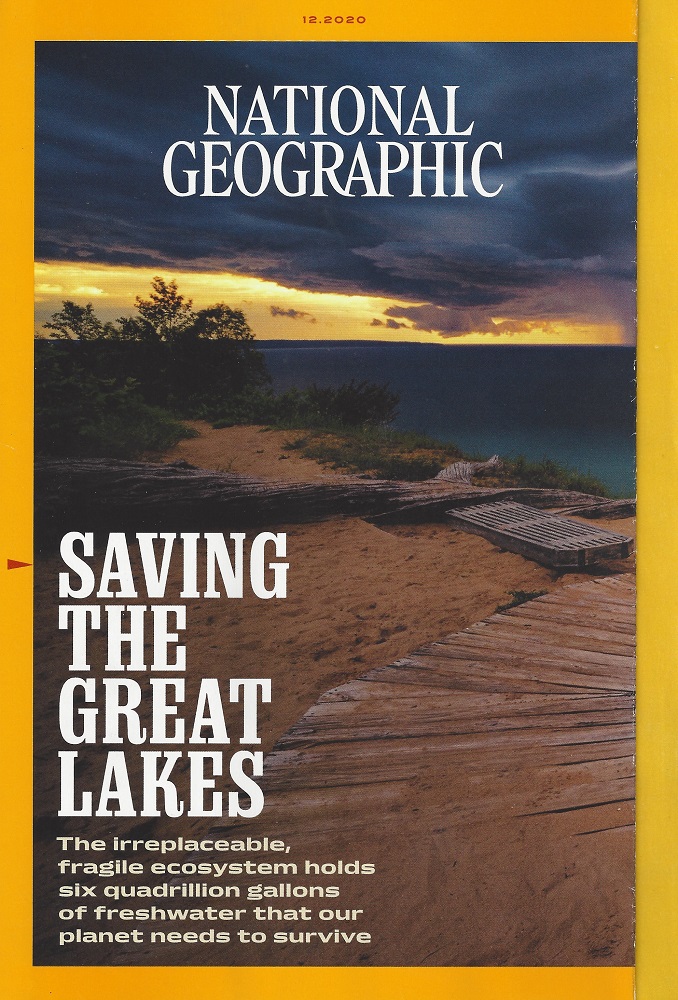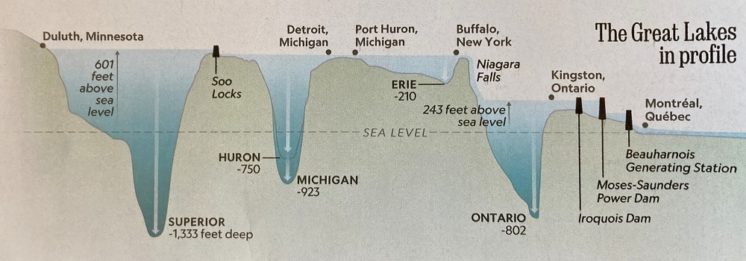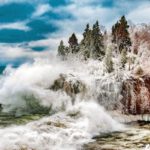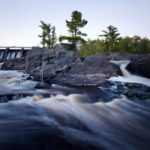National Geographic: Saving the Great Lakes
Duluth and Lake Superior were featured in the cover story of the December issue of National Geographic magazine. (No, that’s not Duluth on the cover image; it’s the Empire Bluff Trail in Sleeping Bear Dunes National Lakeshore in Michigan. Yes, the article has been out for two months; we’re behind on our reading.)
The article delves into a variety of environmental stressors threatening the Great Lakes, including invasive species, toxic chemicals, agricultural pollutants and coastal development. The full article is available on nationalgeographic.com, but it’s behind a paywall, so get your subscription dollars ready.
Also relevant to Lake Superior, the Duluth News Tribune reports on its front page today about per- and polyfluoroalkyl substances stressing the big lake. The article, “Lake Superior contaminants face year of scrutiny,” might also be unavailable for those who are not DNT subscribers, but we link nonetheless.
As a teaser on the National Geographic story, here’s an excerpt relevant to Duluth:
For all its beauty, Lake Superior can be treacherous. Duluth, with 86,000 people, is the second largest city on Superior, after Thunder Bay, Ontario, and is still recovering from the damage done by a string of punishing storms, including one so-called 500-year storm, that battered the city within the past eight years. …
In 2016 one storm knocked out the power for Duluth’s water supply. A city on the edge of one of the world’s largest bodies of freshwater came within hours of running out of water. Looking out over a stretch of prime urban shoreline that soon will be protected by 76,000 tons of stone mined from a nearby quarry, [Duluth construction project supervisor Michael] LeBeau worried what the future would bring. “I’m told we’ve almost exhausted the quarry,” he said. “We’re going to be spending close to $30 million for three big storms. For a small and not very wealthy city, it has been a big blow. What we’re building now is the best we can afford. It really is conceivable that if these storms continue or get worse, it won’t be possible to get back to where we were. And no one can understand that.”
Recommended Links:
Leave a Comment
Only registered members can post a comment , Login / Register Here
















No Comments